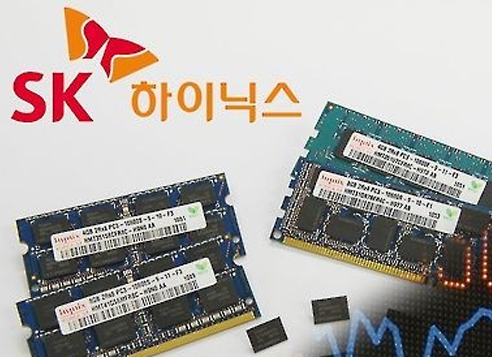Semiconductor and equipment manufacturers are likely to make some 60 percent more in operational profit in the first quarter than the same period last year with demand outpacing supply, an industry analysis showed Thursday.
According to FnGuide, a provider of financial information services, outlook on eight chip and related equipment producers from security companies indicated their first-quarter operational profit to reach some 11.71 trillion won ($10.38 billion), up 59.72 percent from 7.33 trillion won in the same quarter of the previous year.

In the case of SK hynix, the projected profit growth was 294 percent, up from 561.8 billion won to 2.21 trillion won. The amount is 75.4 percent higher than the outlook given at the beginning of the year.
The eight companies were chosen among those in the industry that were analyzed by at least three securities companies.
Outlook for Samsung Electronics for the past quarter was 9.37 trillion won, up 40.4 percent. It's 21.9 percent higher than the analysis at the start of the year.
Industry watchers see the chip market as stable and headed for continued growth. Supply has been limited by fast-changing production skills and technology advances while demand grows from high-spec smartphones and computers, they say.
"The supply side, which affects price falls, will dull but the demand will keep growing. The industry boom will continue to 2018, 2019," Kim Kyung-min of Daishin Securities said.
Semiconductor-related equipment makers were also expected to see higher profits.
Profit outlook for TES was 15.1 billion won, up 47.4 percent from the same quarter last year. The projection for Wonik IPS, which was listed in May last year, was 33.2 billion won. Jusung Engineering was forecast with 12.9 billion won, up 61.2 percent, and SK Materials with 41.1 billion won, up 19.4 percent.
Eugene Technology, however, was projected with a 46.7-percent loss from slowed new investments. (Yonhap)


















